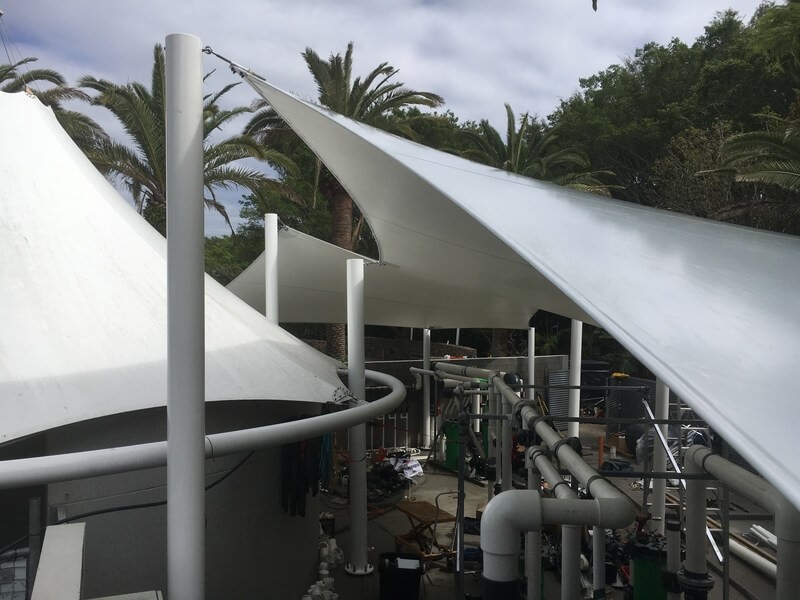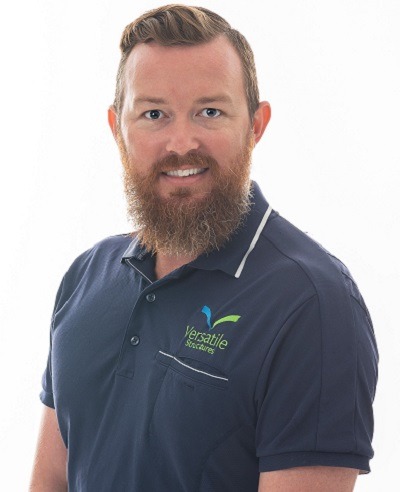YOU ARE HERE:

When to install heavy-duty shade sails
Jamie Howard In Shade Sail
There are significant differences in the various types of shade sail fabrics on the market. The most obvious differences are colour and shade structure shapes; however, you also need to consider the type of fabric used in the shade structure as each substrate type has a specific function.
When it comes to commercial applications such as large high tension shade sails or one-of-a-kind architectural shade structures that require high structural support. A 320 GSM (grams per square metre) offers great strength and durability as this is one of the heaviest shade cloths around and ideal for large spans.
If you are after a shade sail solution for a shopping centre car parks, sports facility, outdoor areas, hospitality, public pools, or commercial business, here’s what to know:
Quality
Generally, shade sails either use canvas fabrics or high-density polyethylene (HDPE). When looking for a heavy-duty shade sail you need to use a high-density polyethylene that has used knitted shade fabric and has UV additives to protect the fabric from harmful UV specifically in our harsh Australian sun.
Substrate
As mentioned, canvas fabrics as well as high density polyethylene (HDPE) are common however when looking for a heavy-duty shade sail it is also worth considering waterproof PVC fabric. Waterproof PVC fabric has more benefits and is often cheaper however there are generally fewer colour options. Waterproof PVC is heavier than (HDPE) and it also doesn’t allow wind to pass through the fabric it requires a more industrial-strength shade structure.
Stitching
The weakest point of clothing we wear is generally the areas that have been stitched together like seams or hems. It is the same for shade fabric. The stitching is often the weakest point because it is where the shade fabric was cut or is holding the most tension. You want to be sure the shade fabric is using a polytetrafluoroethylene (PTFE) thread as well as enforced connection points. The heavy-duty polytetrafluorethylene stitching is critical as it contains UV stabilizers crucial in ensuring the shade sail doesn’t come apart after a year or two in the Australian sun.
Protection
Besides commercial shade sails’ extraordinary strength, long-lasting durability and longevity, they offer up to 95.8% UVR (ultraviolet radiation) protection, have outstanding heat and glare reduction as well as resistance to dimensional stability qualities, are hail resistant and fire rated, and are simple to maintain.
Conclusion
Ask for a knitted shade fabric made from high-density Polyethylene if colour is important to you however if you are after a serious heavy-duty sail then ask about waterproof PVC for your shade structure. Also, ensure that you have the right stitching and enforced connection points for the ultimate heavy-duty sail.
Share:
Jamie Howard - Director
Co-founder and Director Jamie has been hands-on in the shade and steel industry since leaving school. With over 15 years’ experience in shade, membrane and steel projects, Jamie is excited about the design opportunities shade structures offer in the commercial and industrial sectors. Jamie’s extensive design skills give him a competitive edge in situations with technical design complexity. He has won two personal industry awards for his designs, alongside many company-won awards.

